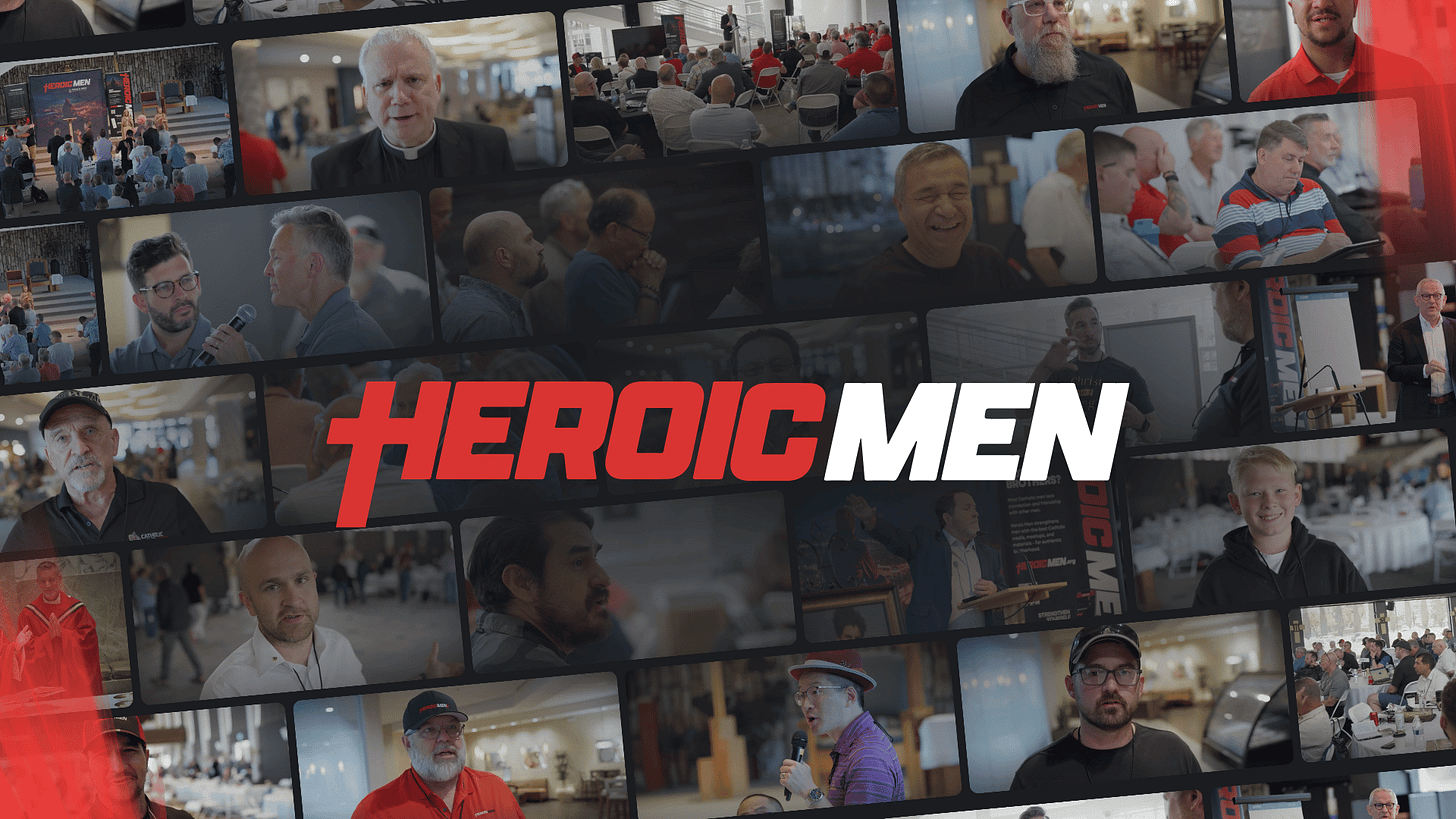Blueprints for Brotherhood: How Jim Stanley and CTFM are Building the Future of Men’s Ministry in Texas
Jim Stanley is the Executive Director of the Central Texas Fellowship of Catholic Men, one of the most dynamic diocesan men’s ministries in North America.
“If I was the only one trying to grow ministry to men in the diocese, I’d be pretty stressed out,” Jim says with a laugh. From Austin, Texas, Jim and his team are building an organized, replicable, and deeply relational framework for men's ministry that moves beyond inspiration and into sustained change.
It's boots on the ground. And it's working.
1. Organizing Brotherhood: The System Behind the Spirit
When Jim talks about ministry, he doesn’t start with charisma—he starts with infrastructure. The Central Texas Fellowship didn’t just throw together a few events and call it a movement. They built it like a company.
“There’s a president, a VP, treasurer, marketing coordinator, development director, and event planner,” Jim explains. “Everybody contributes to growing the number of parishes with a dynamic men’s group.”
And grow they have. Of the 127 parishes in the Austin Diocese (107 with permanent pastors, 20 mission churches), 46 have active men’s groups. That’s not a coincidence—it’s by design. The map of the diocese is divided into 11 deaneries, and each deanery has a dedicated lead, tasked with supporting existing groups and scouting “low-hanging fruit” for new launches.
“You find a parishioner who’s interested,” Jim says, “help him gather four or five other guys, and then approach the pastor together.” From there, the team walks them through a clear process using tools like Heroic Men’s new training program, and follow-up from men’s conferences where potential leaders often sign up.
“We always put aside about 20 minutes at the men’s conference for guys to sign up to start or join a group,” Jim shares. “Then the deanery leads follow up with, ‘How can we help you get it going?’”
This is ministry as mentorship—boots-on-the-ground evangelization through local leadership.
2. Sacred Tables: The Art of Small Group Brotherhood
Jim makes a clear distinction: content supports ministry, but connection is ministry. The real power of these groups lies not in flashy videos or perfect theology—but in the honest, gritty conversations around a table.
“Typical size is six to eight guys,” Jim says. “Each table has a facilitator—not to dominate—but to spark the conversation. The key is making sure everyone gets a chance to speak.”
Silence isn’t a problem to solve. It’s necessary.
“A lot of men are just waiting for that silence… and the courage to step forward,” Jim explains. “Sometimes, you have to look at a guy and say, You look like you’ve got a point to bring up—what do you think?”
This leadership style—equal parts vulnerability and encouragement—creates trust. That trust turns into change.
Every group sets ground rules early on: confidentiality, shared space, and mutual respect. It’s not therapy. But it is healing. And that’s the point.
“Sometimes, as a table facilitator, you’ve got to go first,” Jim says. “When men see someone else open up, they realize: I’m not the only one. That’s how you build brotherhood.”
3. More Than Programs: Building a Culture of Heroic Men
When it comes to content, the Central Texas Fellowship is spoiled for choice—and they’ve tried it all.
“We’ve used Crossing the Goal, Into the Breach, The Chosen, That Man Is You, Kapaun’s Men, and Be a Man! from Heroic Men,” Jim lists. Each program has its strengths, but the common thread is always the same: it must lead to meaningful discussion and deep relationships.
“The content sparks the conversations… but brotherhood is the goal.”
One particularly powerful moment happened when the AV equipment failed—no video, no plan. “We ended up having this incredible conversation instead,” Jim recalls. “One of the younger guys had just come into the Church, and that space allowed him to share the joy of his Easter experience. He didn’t have anyone else he could really tell. But in that room, with those men? It was safe.”
Beyond study, the groups also serve. Some parishes host regular service days. Others meet monthly for fellowship nights—barbecues, prayer evenings, even beer tastings with a side of brotherhood. It’s all about finding touchpoints where men can step into community—on-ramp moments to lifelong discipleship.
As Jim puts it, “It’s not about reinventing the wheel. We’re just trying to share what works and help every man know: you’re not alone.”
A Model Worth Multiplying
Jim’s humility is constant. “I didn’t build this,” he insists, “Guys like Robert Tunmire and Bill Moyer did, back in 2006. I’m just helping to keep it going.”
Now, through Heroic Men, that model is reaching far beyond Austin. The goal? Nothing short of a continent-wide revival of masculine faith.
As Jim said with a grin, quoting Buzz Lightyear, “To infinity… and beyond.”
If you're a man wondering how to build brotherhood in your parish, don't start from scratch, ask us Heroic Men. Don’t walk this road alone. We’re standing by to help.



